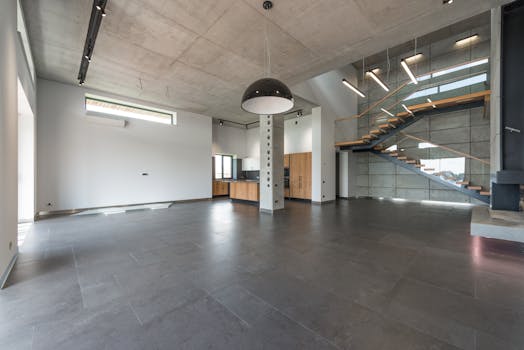You can do a degree or postgraduate course like architectural technology or architectural design and technology, accredited by the Chartered Institute of Architectural Technologists (CIAT).
Employers may also accept a foundation degree, or higher national certificate or diploma in a similar subject.
If you choose the non-degree route, you'll need to demonstrate you have the right skills and knowledge, if you want to become a member of CIAT at a later stage.
Some courses may include a 12-month industry placement. This is a good way to get practical experience and make contacts, which may help when looking for work after completing your studies.
Entry requirements
You'll usually need:
- 2 to 3 A levels, or equivalent, for a degree
- a degree in a relevant subject for postgraduate study








